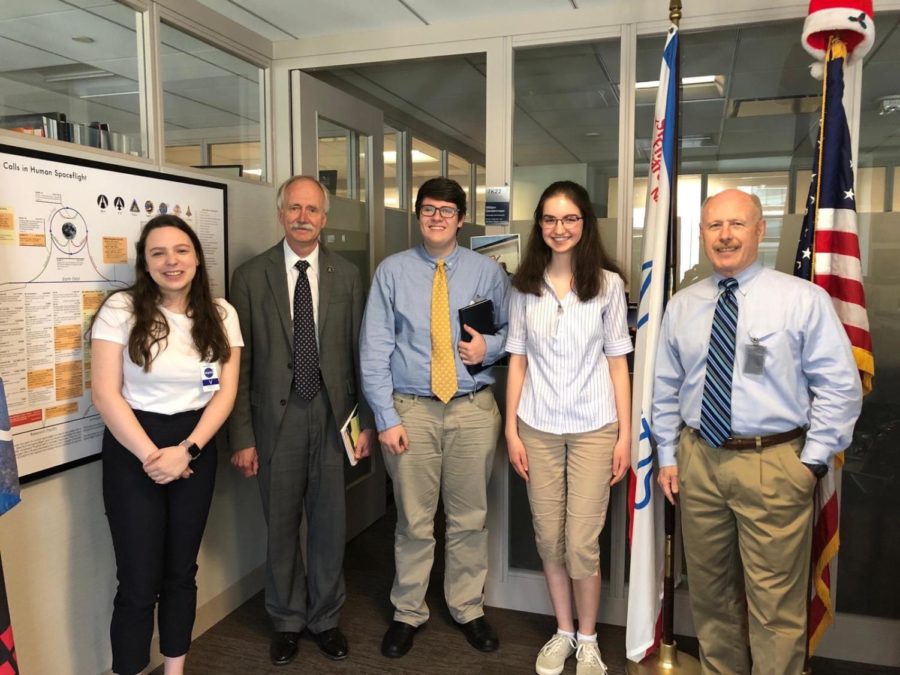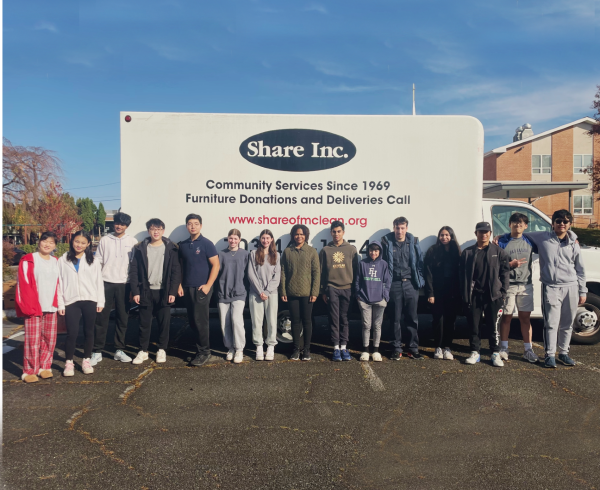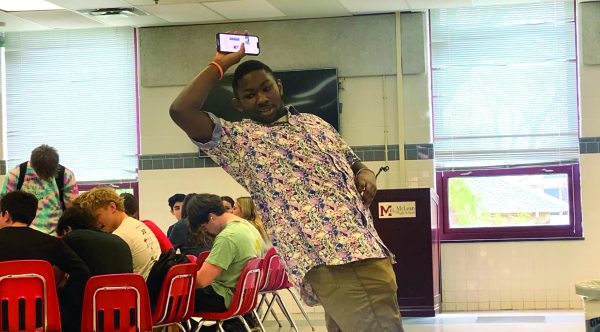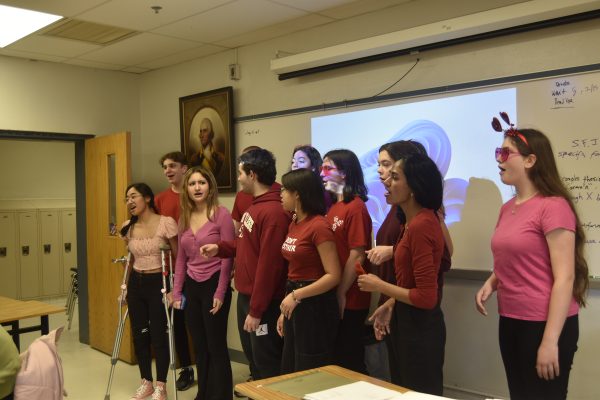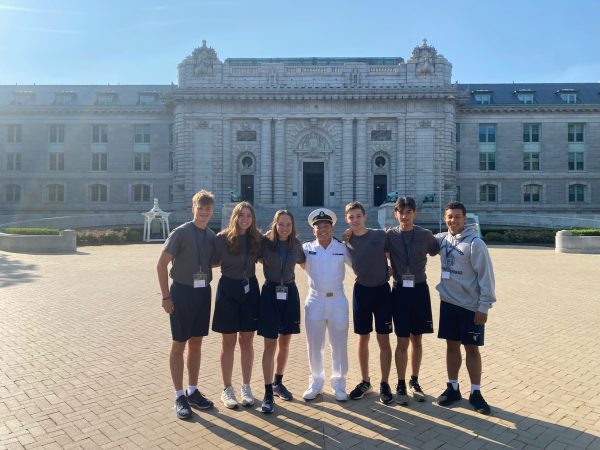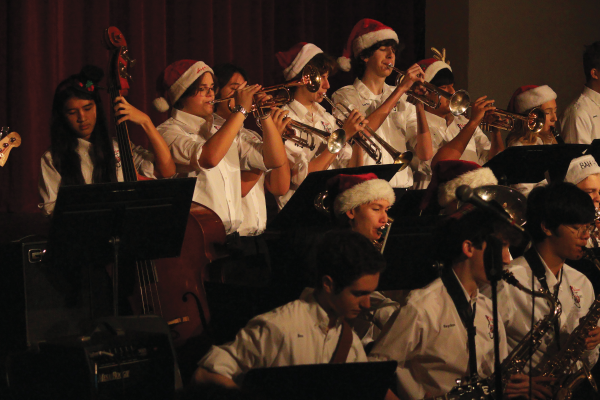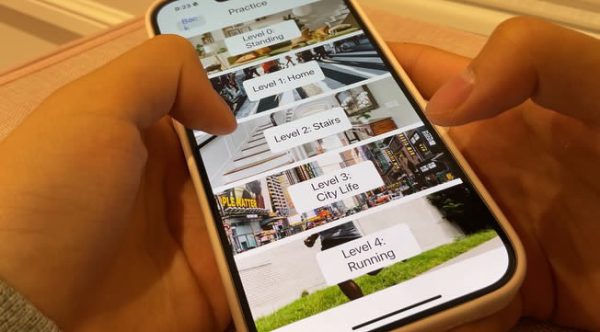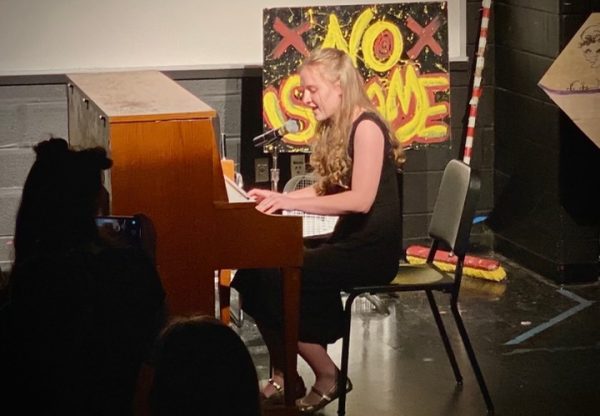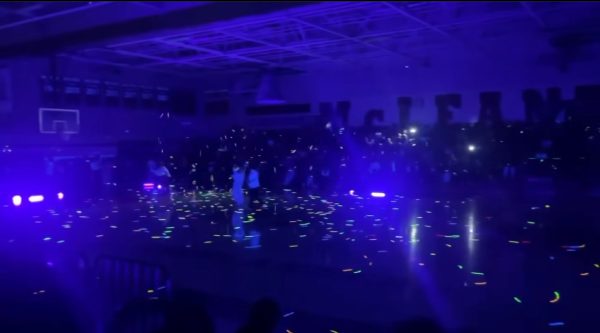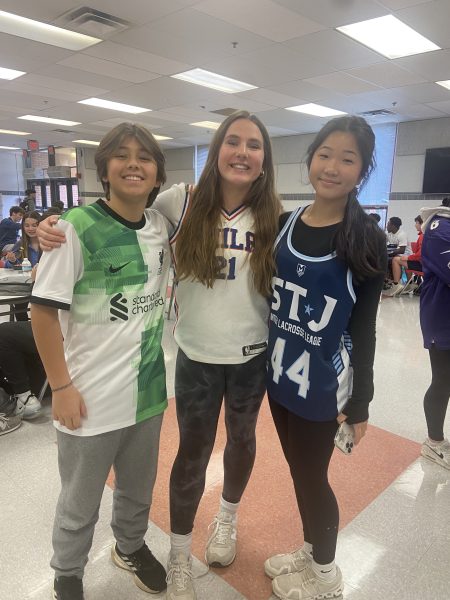Reaching for the stars: senior interns at the National Aeronautics and Space Administration
Sisk (Left) stands with William H. Gerstenmaier, two of her fellow interns, and a former astronaut known to her only as “socks.” (Picture courtesy of Maddie Sisk)
May 29, 2019
The Highlander Internship Program sent seniors to a plethora of different jobs to gain experience in employment. Of these seniors, Maddie Sisk stands out from the crowd with where she interned at and what she accomplished.
“I interned at NASA headquarters in DC and I did a lot of things! I started with helping to create a quiz about NASA for outreach events and by the end of the week I was working more with policy stuff, such as the new policy on the commercialization of low-Earth orbit [transportation],” Sisk said. “They’re actually starting a website that’s going live on June 7 so they needed someone to read the policy and come up with questions for the FAQ page. Since I hadn’t read the policy before they had me read it from a more objective viewpoint. I also did some brainstorming sessions with the team working on that for the social media and outreach strategies.”
Sisk’s assistance in the policies for low-Earth orbit may have a president in the future for transportation as we know it. Her work that she was able to accomplish for NASA may even be seen in the near future.
“The economy we’re trying establish on the ISS and beyond is going to be extremely important coming up in the next two decades or so with the new lunar program and eventually the Mars program,” Sisk said.
Not only was Sisk involved in the low-Earth orbit transportation, but she saw plans for other future NASA projects.
“I saw the lunar program slides and like I can’t talk about the details yet but America is gonna be shook with the new program,” Sisk said. “I was in countless meetings about it.”
When asked about what information she could disclose to The Highlander, Sisk let us in on the impact of the lunar and Mars programs.
“let’s just say that the symbolism behind the name, the Artemis program, is two fold,” Sisk said.
Sisk was also an observer to the winner of the Forward to the Moon Design a Mission Patch Design Challenge, where students in Idaho had the opportunity to learn about space and the ISS.
“There was a patch competition and the prize was this skype meeting with the two of the people that i was working… they gave a presentation on the ISS and how it works and such,” Sisk said “…it was awesome seeing so many younger people excited about space.”
Sisk was also able to met many notable personel that worked for NASA, among them two astronauts, Sandy Magnus and someone they only referred to as “Socks,” and William H. Gerstenmaier, NASA’s Associate Administrator, Human Exploration and Operations.
“And I heard the ISS astronauts talk live from the station and saw live footage of the sun rising and setting over the Earth,” Sisk added.
Surprisingly, this is not the first time that Sisk had the opportunity to do an internship for NASA. Her experiences during her first internship helped motivate her to be an intern for NASA the second time around.
“The first time was more of a research program at Langley so I completed an online community college class then was selected to go to NASA Langley for a week and work with others to create a hypothetical manned mission to Mars. it was easily the most stressful week of my life but it was absolutely amazing and really solidified my love for NASA and space exploration,” Sisk said.
Like many seniors who participated in the Highlander Internship Program, Sisk’s experienced inspired her and gave her insight on a possible career for NASA and space exploration.
“My work has really left me interested in space policy, which will become increasingly more relevant with the future of space exploration via the means of intellectual property and data rights in addition the ethical considerations of government involvement in the LEO (Low-Earth orbit) economy and potentially as we establish a prescience on other planets,” Sisk said. “I would certainly love to [work for NASA], in fact my dream is be working at NASA when the first humans reach Mars for the first time.”
Sisk’s time at NASA has set her up on a path to success to achieving her goal of being one of the first humans to go to Mars, she made crucial connections and gained knowledge through her experience at NASA. To the students who are considering an internship with NASA in the future, Sisk offers some advice.
“Be social! talk to as many people there as you can. Everyone is super passionate about what they do and it really helps you learn and make connections. I learned so much about so many niche topics from just talking to everyone I met,” Sisk said.



